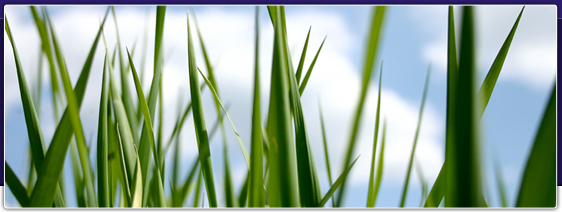Jurimark
Tolhuis 20-12
6537 LW Nijmegen, The Netherlands
Kvk: 09123058
Phone: +31(0)24-3739470
Fax: +31(0)24-3739473
E mail: info@jurimark.nl
Criteria
In order to qualify for registration, a trademark ought to meet the following criteria:
- The trademark should not be solely generic
- The trademark should not consist solely of common tradeterms, like 'pound'
- The trademark should not be misleading (for instance, CHOQ for powder coffee)
- The trademark should not be conflicting with good taste
- The trademark should not be resembling the items on a list, consisting of flags, divisions of the United Nations organisation and so on.
Apart from these, the trademark ought to have the power to distinguish.
The most important criterium for the registration of a trademark is the demand that is must have the capability to distinguish. An important aspect of this demand is the eventual descriptiveness of the trademark. However, this demand is broader.
An imaginary trademark GOOD ORANGES for oranges (for other goods this trademark would be misleading) is not fit for or registration, although it is not solely generic, because it is composed of a generic and a recommending part. Such a recommending part will not be able to add distinguishing capability to the trademark. However, in case you use a logo using these words, it could be that this logo does qualify for a registration, based on the distinguishing capability of the logo. In case of a registration for such a logo, this registration would only act as protection against use of GOOD ORANGES in a resembling logo, not against the use itself.
A combination of two words, resulting in a new one, does not necessarily have distinguishing capability. Unilever has been trying for years to get BIOMILD, for yoghurt, registered. It has originally been refused because BIO is short for biological, which recommends the product, and MILD is a common characteristic of yoghurt. The combination of these two elements was considered not to have any distinguishing capability. This case went to the European Court of Justice, which did not rule, on 12 February 2004, in favour of Unilever. Hower, the matter is stil not over.
An example of a perfectly acceptable trademark would be SMITH'S FASHION for clothing. Naturally FASHION is descriptive, but SMITH'S is not. Smith itself has nothing to do with fashion, therefore this trademark is not ‘solely descriptive', meets the other criteria and is therefore perfectly registrable.
Distinguishing capability is not something which does not change in time. A trademark which is in use, has the possibility to become well known, resulting in a much larger distinguishing capability. An example may be BONBONBLOK, which is used for bonbons in the shape of a block. Such a trademark is devoid of al distinguishing power. However, because of very intensive use (in ten years more than 4 million Euros was spend on advertising) by now BONBONBLOK has quite some distinguishing power and is a strong trademark.
As the criteria for a refusal based on descriptiveness are gradually chancing, it is hard to estimate precisely the risk of a refusal, unless when one is a specialist, dealing with these matters constantly. The main problem is that it takes normally 6 months until a decision regarding the acceptability is made.
Normally, such a term is too long to wait for. Therefore it is quite common that use of a trademark has begun, before a decision regarding the admissibility has been made. If this decision is negative, all protection which was expected is gone, and your competitors are free to take advantage of all your expenses.
Therefore, an estimation of the risks of a refusal to register by a specialist is an essential part of any registration procedure.
If you hire Jurimark to lodge your trademark application, we always make an estimation of the risks before we start the registration procedure. In case a risk of a refusal exists, we contact you before filing any application.
Finally, a trademark is invalid if, and only as far as, it falls within the protection of another, older, trademark. However, the owner of this older trademark has to take action in order to keep his trademark strong. The Registrar will not take any action in such a case, the trademark owner will have to act.
The above is intended as general information. We gladly assist you in translating this to your specific situation. Please direct all your questions to info@jurimark.nl. We will contact you within one working day, when you direct your questions by fax or e mail.


